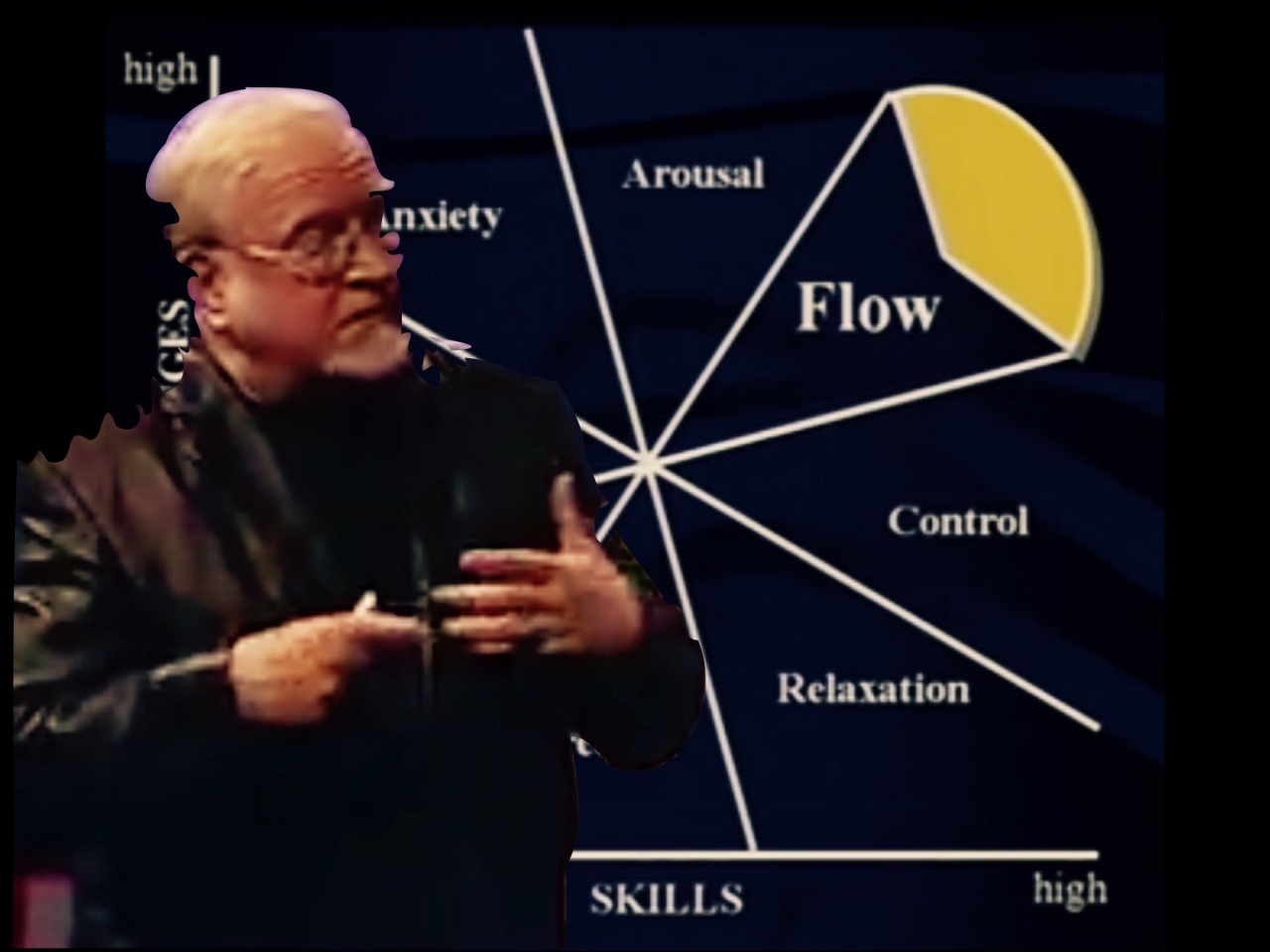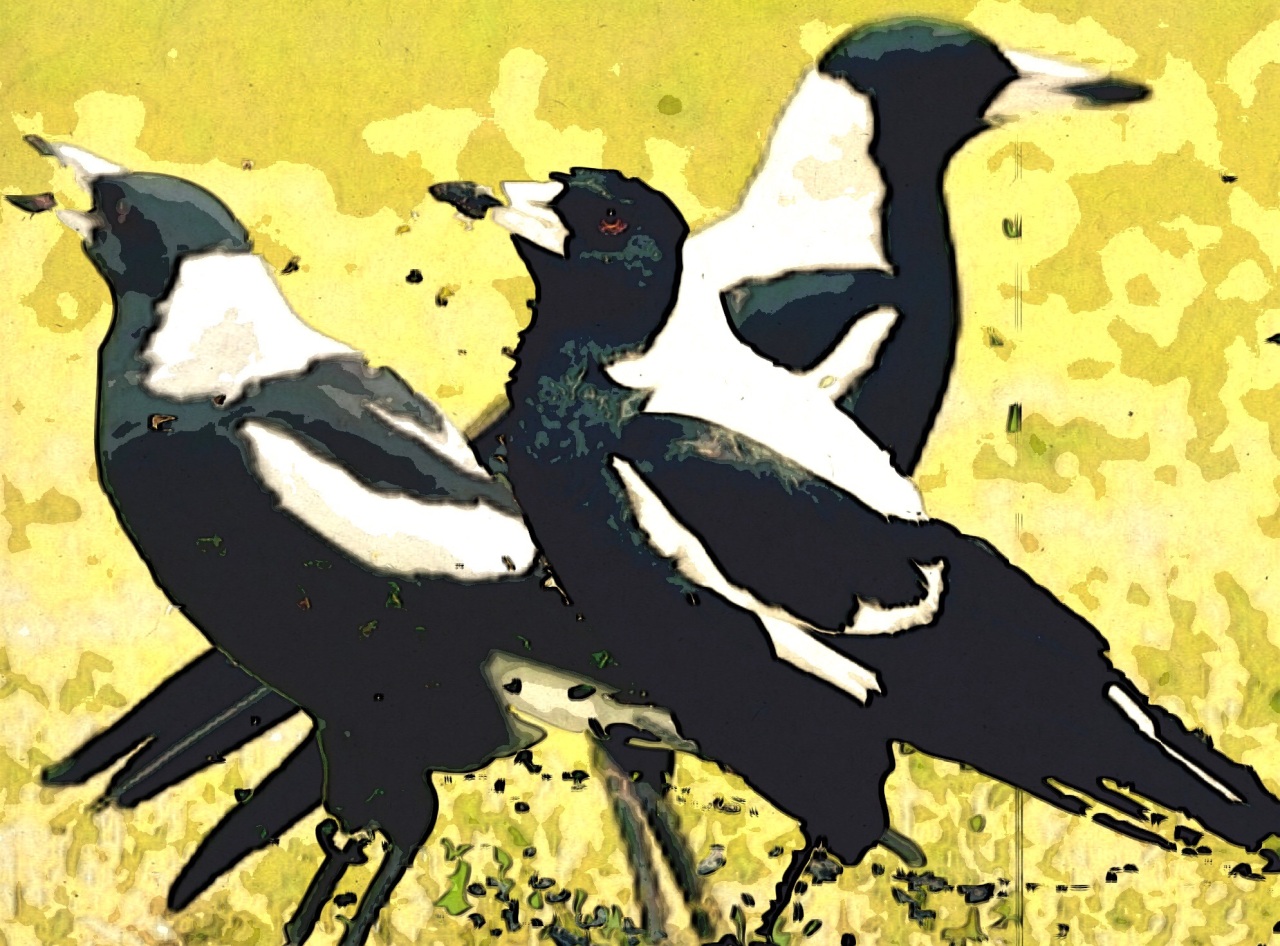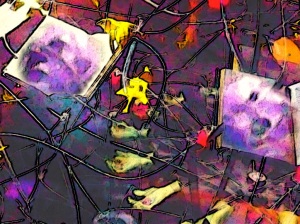There are moments when everything makes sense.
For just a second nothing is at odds.
Simplicity abounds, becomes immense;
earns the approval of a thousand gods.
It’s at that moment, between wake and dream,
that all things become imaginable;
all things at once adopt a common theme.
One point of truth becomes conceivable.
Clarity of thought is clean-cut and crisp;
vagaries sharpen so ‘that’ becomes ‘this’;
images emerge, give shape to a wisp;
that which is simple, more beautiful is.
. Where stems the answer to “why is it so?”
. From the essence … in the presence of flow.
© Tim Grace, 18 July 2013
To the reader: If you haven’t had your introduction to the works of Dr Mihaly Csikszentmihalyi (chick sent me high) you owe it to yourself to make that connection. Through this acquaintance you’ll meet yourself at your potential best. As the theory goes, there are deliberate steps you can take on the way to achieving flow; an essence you learn to channel from within a zone of intense satisfaction with your own condition of contentment… in pursuit of happiness.
To the poet: You can’t bottle flow; it’s a meditative energy, that through active absorption describes a form of fulfilment. My gateway to ‘flow’ is through the comfortable challenge of poetry. Effort, along with challenge, is a necessary ingredient. And so, in the right mix, these energies combine to create a state of self-contained purpose. Flow, by definition, is a dynamic stream of consciousness, coursing its way through mind and soul… in pursuit of happiness.
 There Are Moments
There Are MomentsPicture Source:
http://www.ted.com/talks/mihaly_csikszentmihalyi_on_flow?language=en#t-33296











